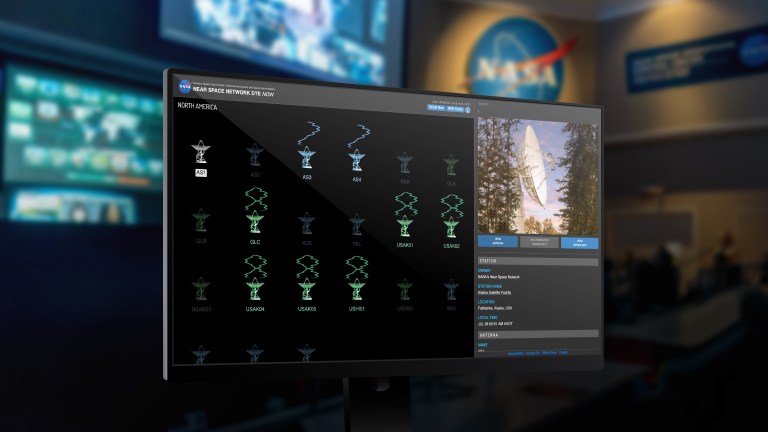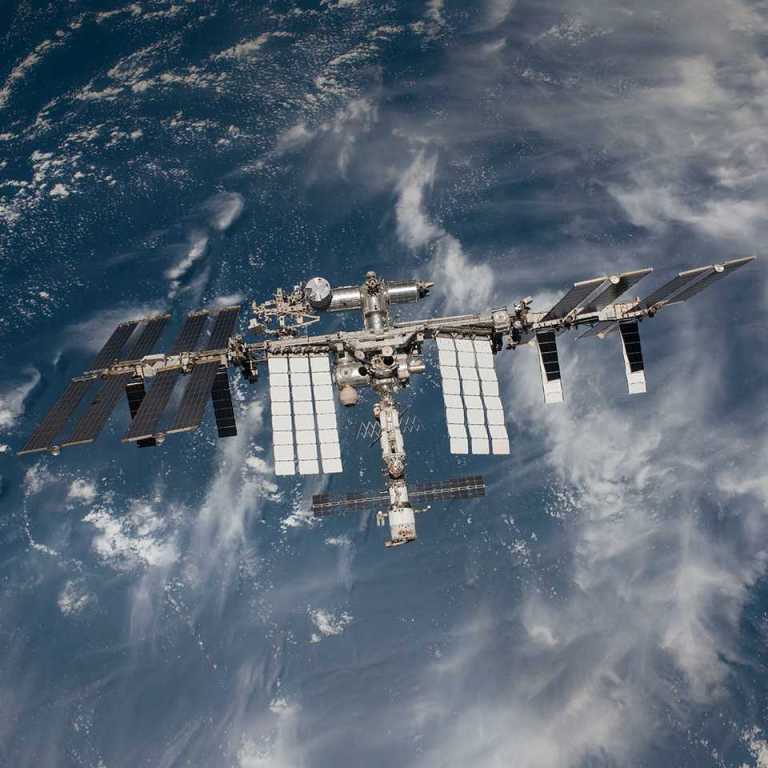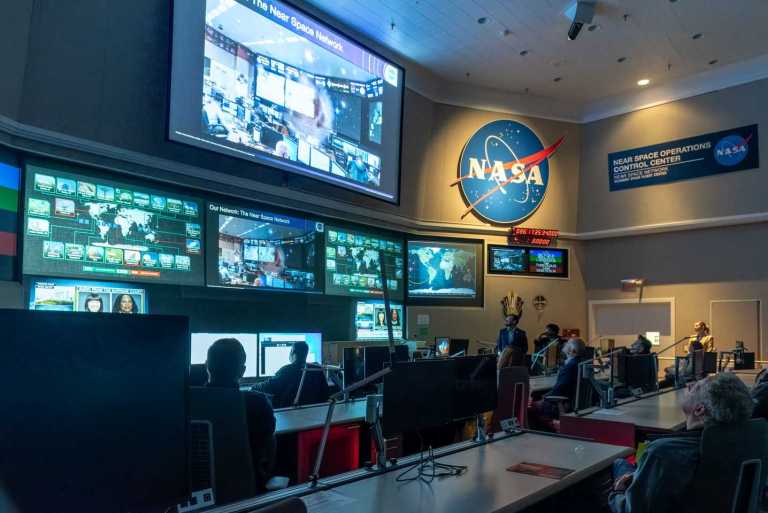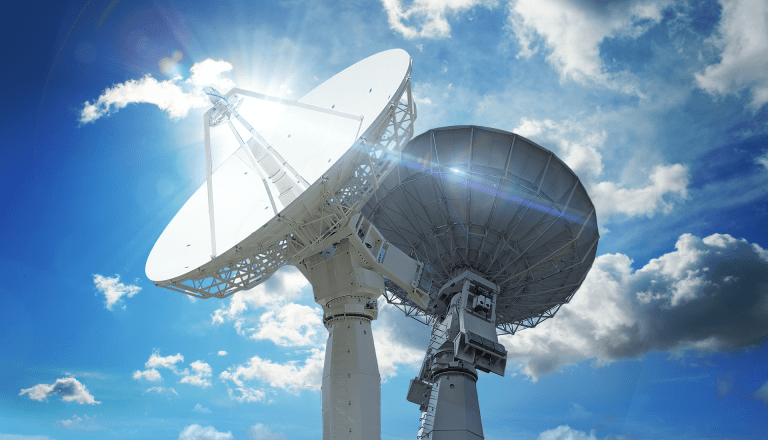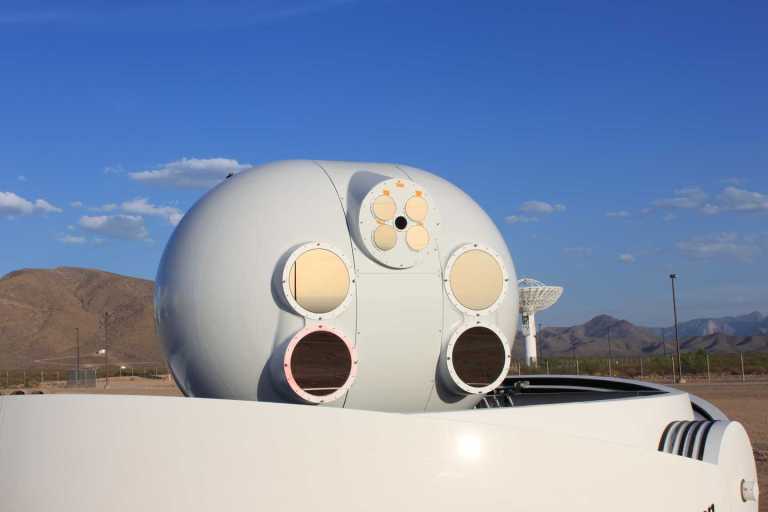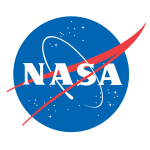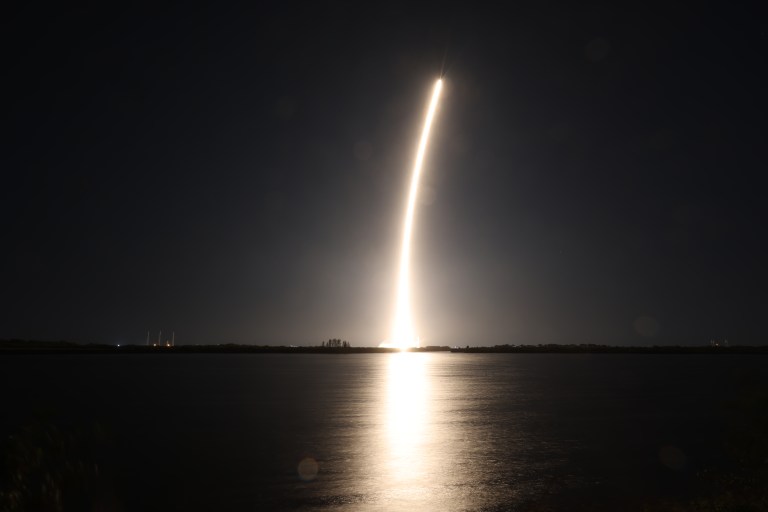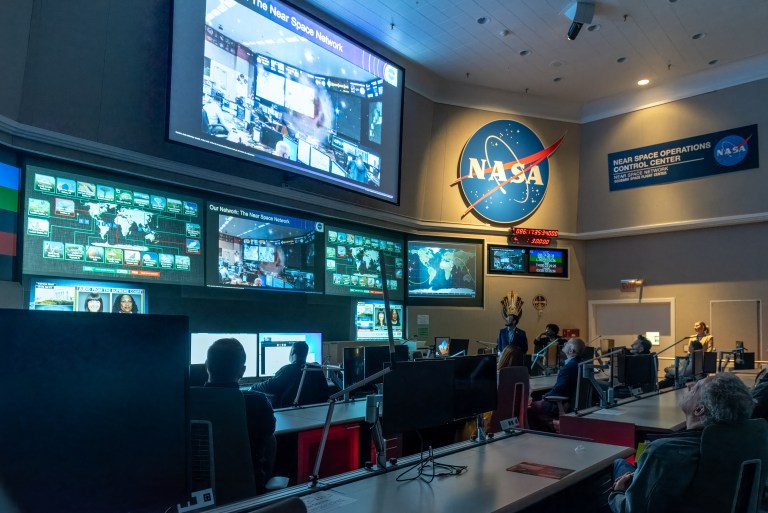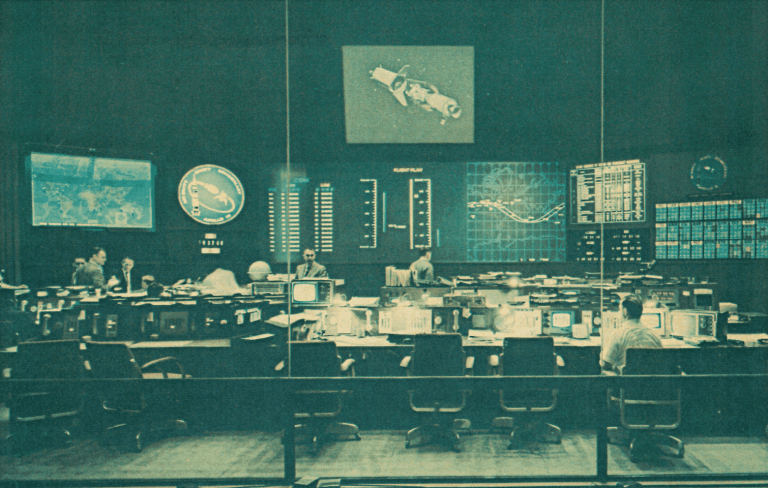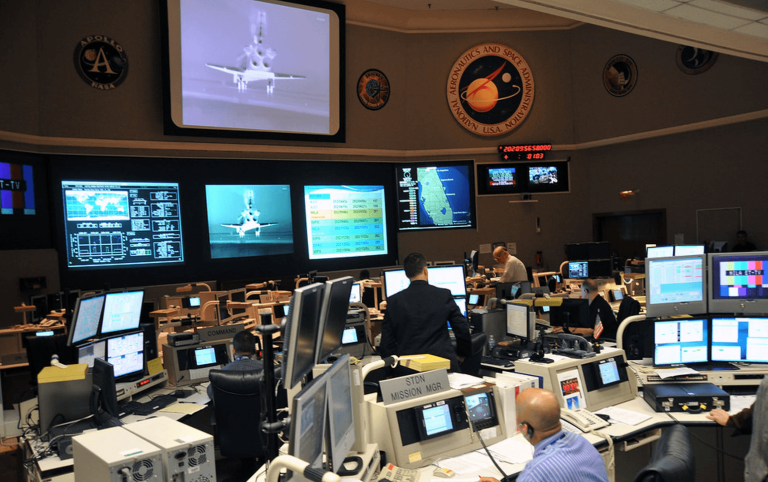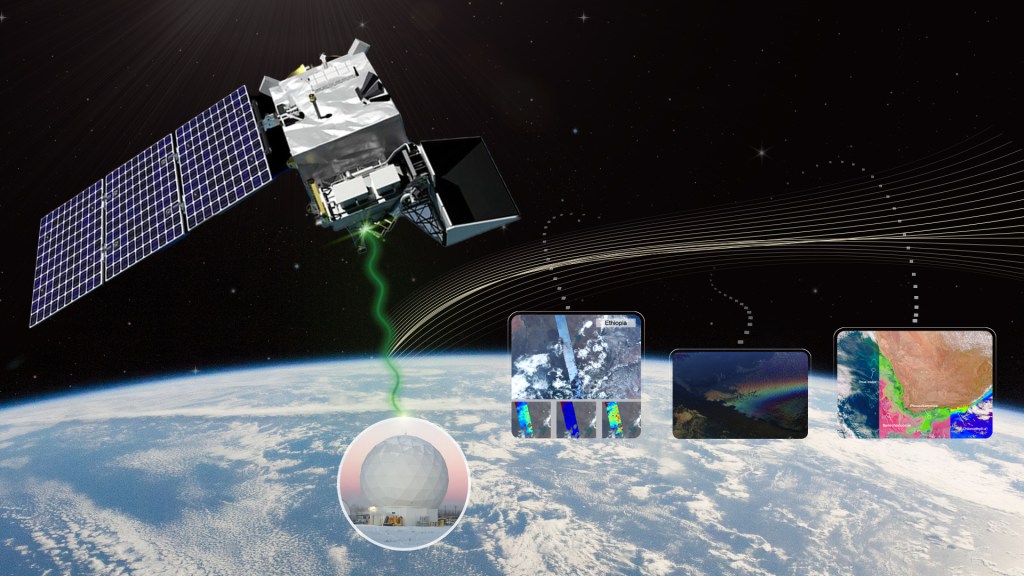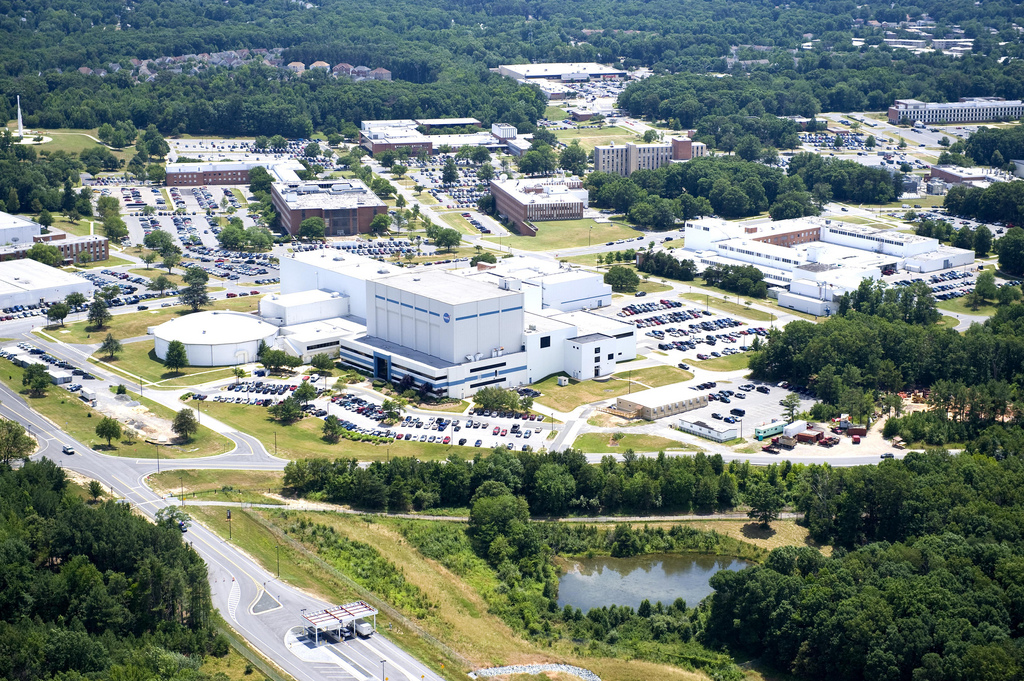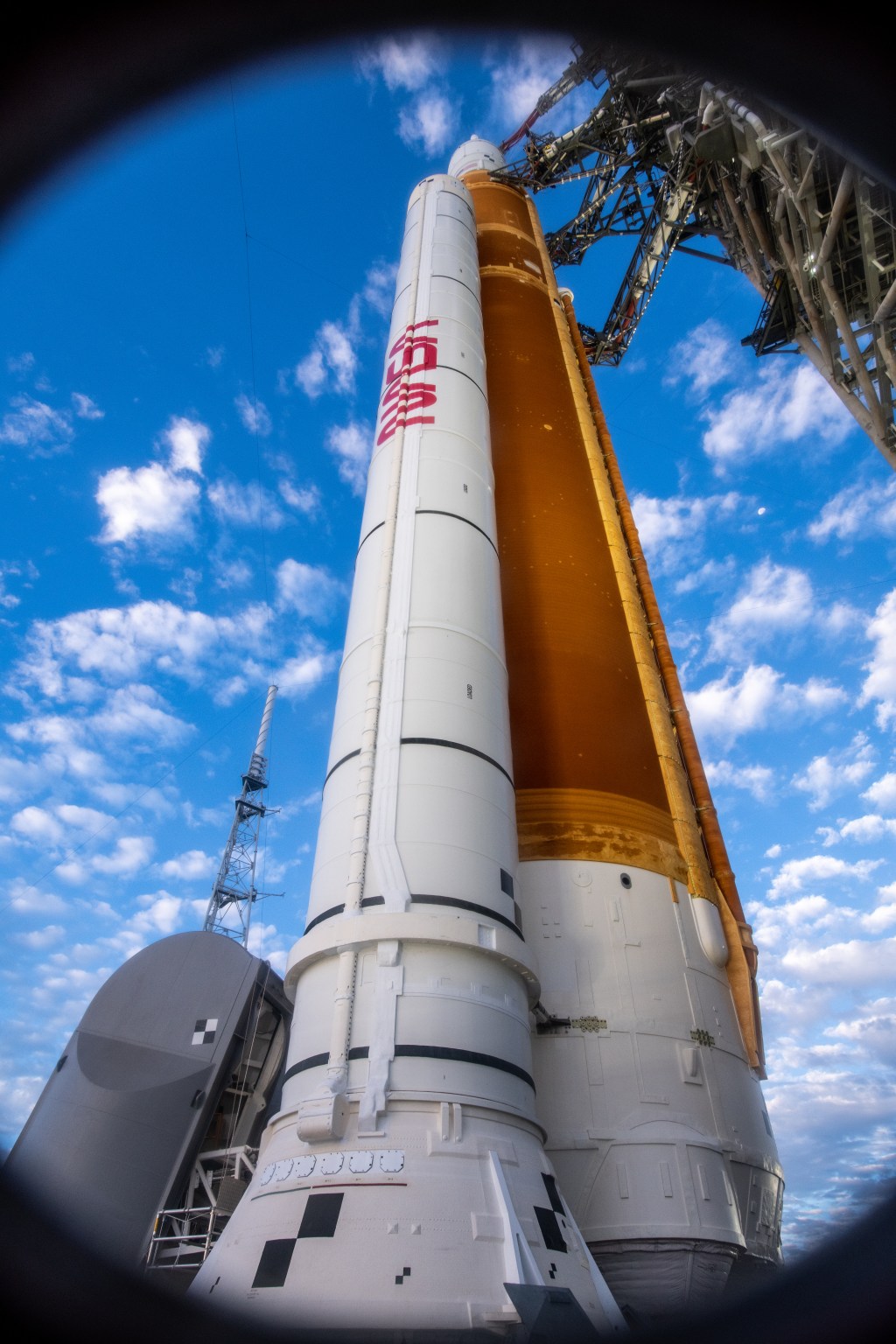The Near Space Network
Managed out of NASA’s Goddard Space Flight Center, the Near Space Network fulfills user mission requirements through a blend of government and commercial assets. The Exploration and Space Communications projects division leads Near Space Network operations and innovations, delivering full, high-rate coverage and bold, forward-thinking solutions to the advancement of space exploration.
Using space relays in geosynchronous orbit and a global system of government and commercial antennas on Earth, NASA’s Near Space Network brings down terabytes of science data each day. The Near Space Network supports missions of all kinds, including human spaceflight, science and exploration, technology demonstrations, rocket launches, and more.
management/Operations
Goddard Space Flight Center
program office
Space Communications and Navigation
Missions supported
100+
service distance within
1.25 million mi (2 million km)
The Network
Every day, the Near Space Network is advancing its capabilities to support science and exploration missions that use enhanced instrumentation. Learn more about the missions, launches, and network services offered through the Exploration and Space Communications projects division.
Watch moreWhat is the Near Space Network?
Near Space Network Services
The Near Space Network serves missions throughout their entire lifecycle, providing requirements analysis, spectrum management, communications analysis, service agreements, mission design and planning, launch, operations, and post-mission activities. As a result, the network ensures its users have robust and reliable services that fully support mission objectives.
Submit a Service Inquiry FormNear Space Network Resources
Working with Industry
The Near Space Network is committed to innovation in communications and navigation through commercialization. If you have any questions or would like to be considered by the Near Space Network as a potential commercial services provider, please contact us!
Learn More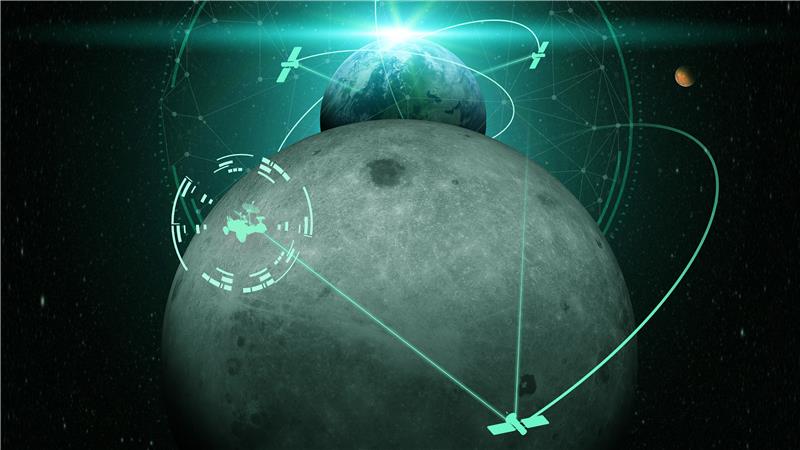
Network Upgrades
Cloud-based Services
Modernizing ground station data handling — shifting mission processing into the cloud to make Near Space Network services more flexible, scalable, and cost-efficient for missions.
NASA’s DAPHNE (Data Acquisition Processing and Handling Network Environment) is a cloud-based system that streamlines how satellite mission data is collected, processed, and delivered. Traditionally, each ground station required racks of mission-specific hardware, making operations costly and inflexible. DAPHNE replaces much of that with a leaner local setup that captures data during satellite passes, then shifts most of the mission-unique processing into the cloud. This approach allows NASA to standardize operations across stations, cut down on hardware footprints, and tap into scalable computing power on demand.
By moving to a cloud-enabled model, DAPHNE offers greater agility, reduced costs, and faster response to changing mission needs. Servers and processing tools can be spun up or scaled down as required, giving missions more flexibility to handle large or unexpected data volumes. Already deployed in multiple antennas, DAPHNE supports major missions like NISAR and PACE.
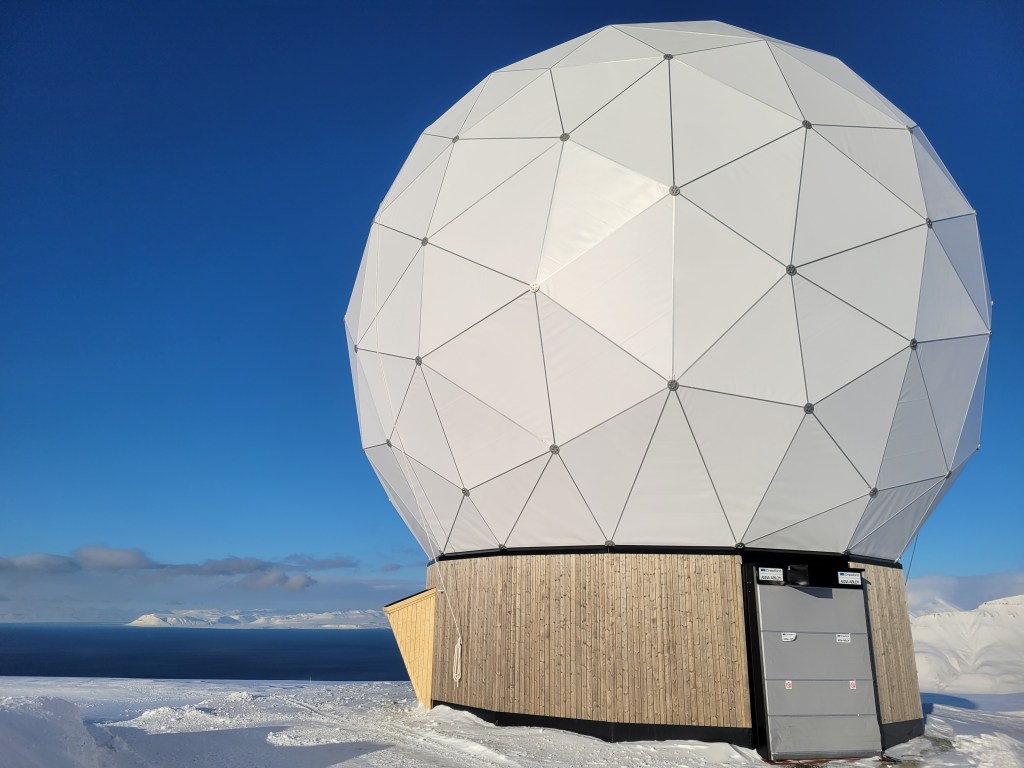
International Space Station Data Upgrade
Several components of the space station were upgraded to support an increased data rate, which included implementation of a new digital ground architecture.
In 2019, the Near Space Network doubled the rate at which the International Space Station returns data to Earth, raising data rates from 300 megabits per second (Mbps) to 600 Mbps. This upgrade enables the space station to send back more data at once than ever before. The space station communicates with Earth through radio frequency signals using NASA’s constellation of Tracking and Data Relay Satellites and ground-based antennas, both operated by the Near Space Network.
Technicians updated the space station’s software-based modem, improved data processors at various NASA centers, enhanced routers, and improved other equipment and software at the ground stations. The circuits and bandwidth of the terrestrial data lines between the various Earth-based components were also upgraded.
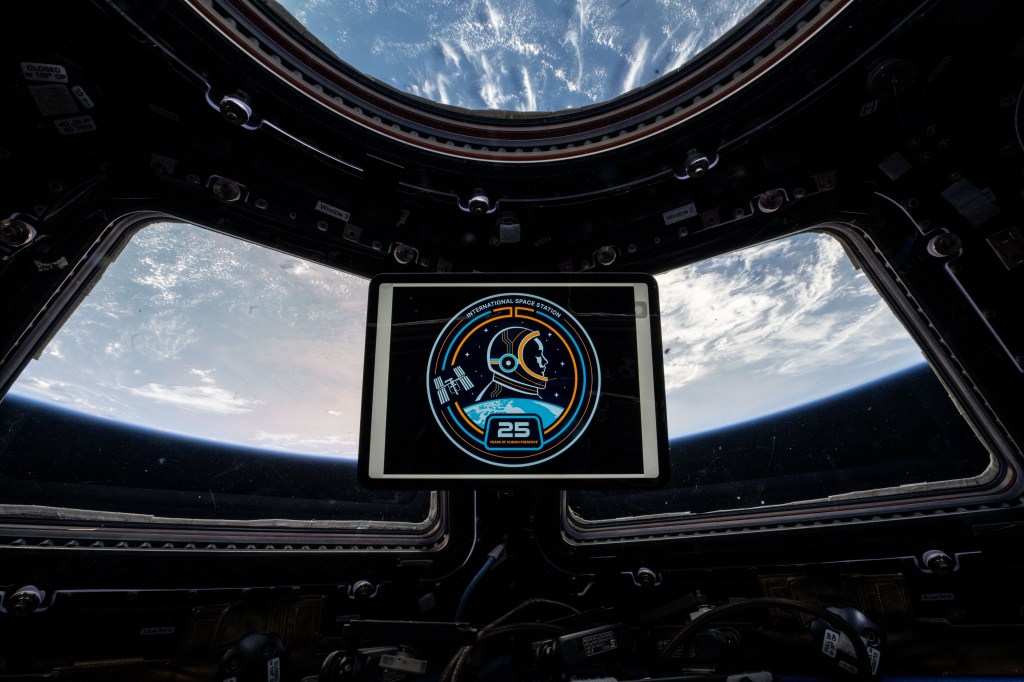
Near Space Network Initiative for Ka-band Advancement (NIKA)
The Near Space Network advanced radio frequency networking capabilities through the Near Space Network Initiative for Ka-band Advancement (NIKA).
In December 2022, four antennas in Fairbanks, Alaska; Wallops Island, Virginia; Punta Arenas, Chile; and Svalbard, Norway, went online to provide present and future missions with S-, X-, and Ka-band communications capabilities using a combination of both government and commercial assets.
Now operational, the four antennas are integrated into the network’s service catalog, advancing its capabilities to support science and exploration missions that use enhanced instrumentation. Now, missions using the network will be able to send back terabytes of data for processing and discovery.
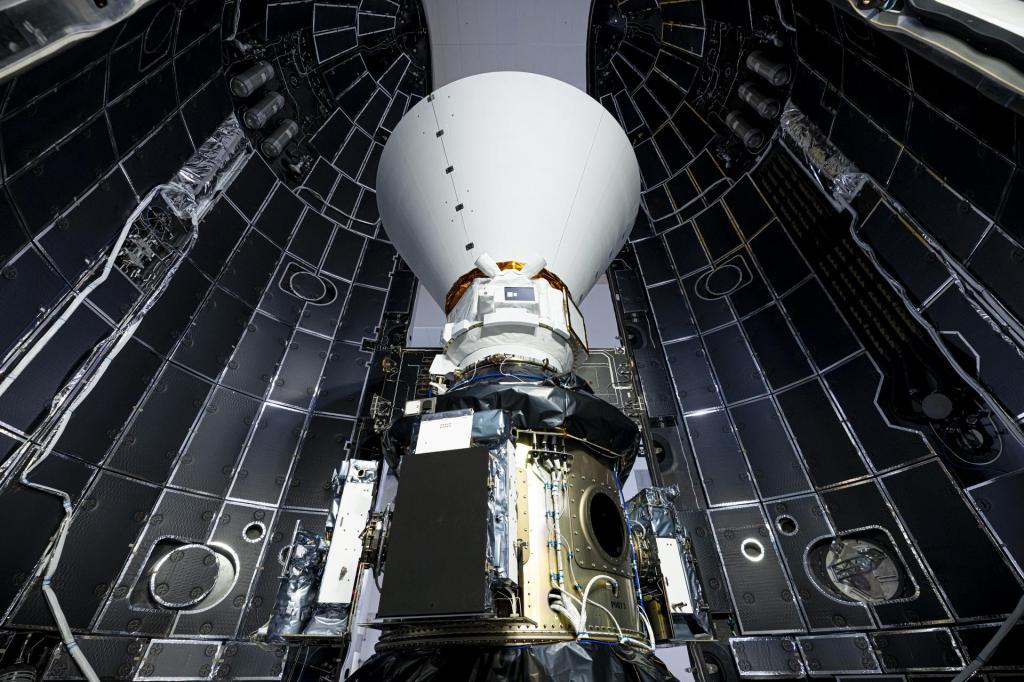
Launch Communications Segment (LCS)
NASA’s Near Space Network managed the development and continuous operations of Launch Communications Segment (LCS).
The Launch Communications Segment (LCS) is a product of interagency and inter-center collaboration that improves efficiencies, reduces costs, and enables NASA’s Artemis missions to the Moon.
Built in parallel with the Artemis missions’ requirements, this system consists of three stations: the Kennedy Uplink Station and Ponce de Leon Tracking Station in Florida, and the Bermuda Tracking Station in Bermuda.
These three stations collect data from the Space Launch System (SLS) rocket and Orion spacecraft and send that data to Artemis mission controllers who are tracking and commanding the mission.
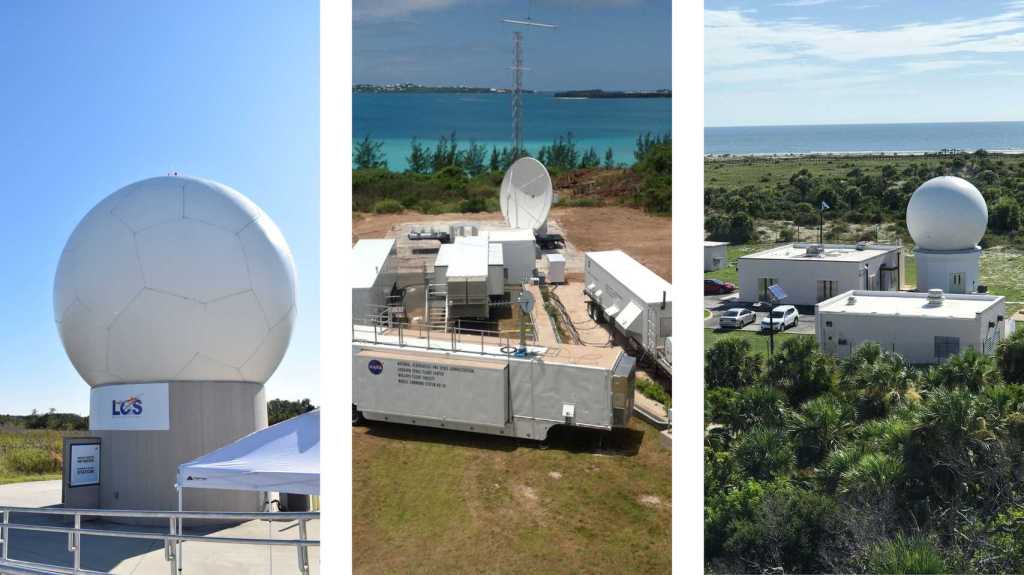
Near Space Operations Control Center
More about the Near Space Network
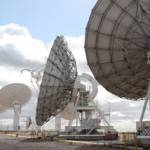
NASA Seeks Commercial Near Space Network Services

The International Space Station: 20 Years of Communications Excellence

NASA Enables Future of Science Observation through Tri-band Antennas
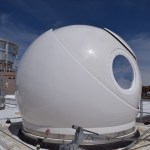
New Ground Station Brings Laser Communications Closer To Reality




























